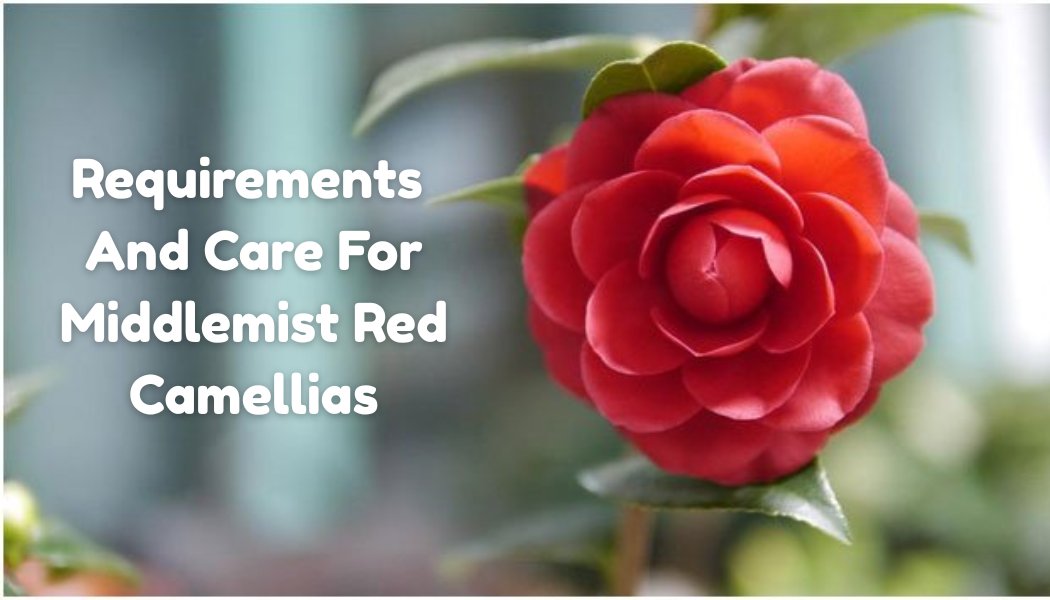Requirements And Challenges For Middlemist Red Camellias

The Middlemist Red Camellia is a plant which is quite rare and commonly used in current horticulture and daily life. The inflorescence of this flower is very rare and it is known to be present at only two places, one in England and the other in New Zealand. Looking at the points of development, this article provides information on the origin, distinct features, conditions for farming, and reasons leading to the rarity of this extraordinary plant.
Origins And Historical Significance
Middlemist Red Camellia has its origin from the year 1804 when John Middlemist, a British grower, had brought it from China to England. It was initially grown as an exotic crop to be used in aristocracy where it became a feature of the conservatories in the English elite homes. Although, in a course of years it disappeared from its natural environment in China, and it is considered critically rare now, the two only remaining complete specimens are found at Chiswick House in London, and in one privately hadoned garden in New Zealand.
Distinctive Features of the Middlemist Red Camellia
Despite its name, the Middlemist Red Camellia showcases vibrant deep pink, rose-like blooms with lush, velvety petals. It is an erect perennial plant with succulent stems and leaves and grows in a bushy manner; it has dark green, shiny leaves opposite each other, commonly of four to eight pairs. It flowers in late winter to early spring and that makes it produce flowers in the driest season when other plants are nonexistent.
Cultivation and Care Guidelines
To grow Middlemist Red Camellia, one needs to adhere certain conditions that would support its wholesome growth and flowering:
Light: It grows best in the partial shade; it should receive sunlight early in the morning and should be undercover by afternoon in the hottest times of the year to protect its relatively soft petals from wilting.
- Soil: It grows well in well-draining, acidic and organic soil with pH of between 5.5-6.5.
- Irrigation Requirement: It requires regular water supply but does not let the soil soggy; it should remain moist.
- Temperature and Humidity: They prefer moderate temperatures, so the best climate condition is for the plants is temperate with optimal minimum and maximum temperatures.
- Pruning: The excessive and dead branches should be pruned after the flowering period to maintain the proper shape and growth of the plants.
Also read – https://lauriekaiserwrites.com/